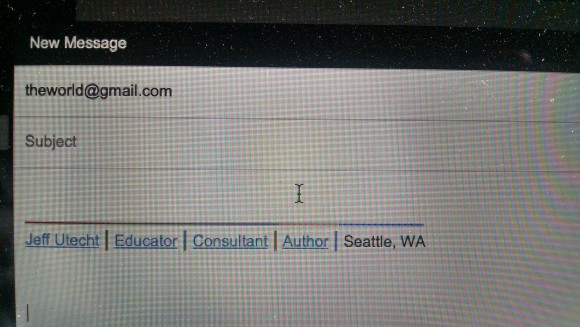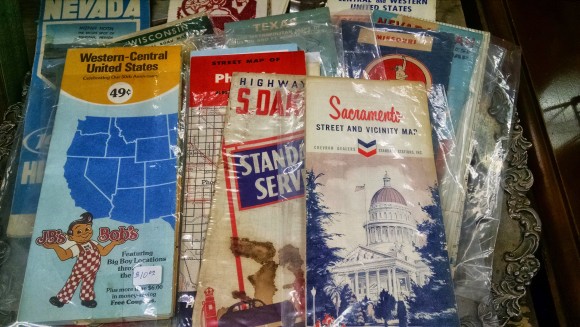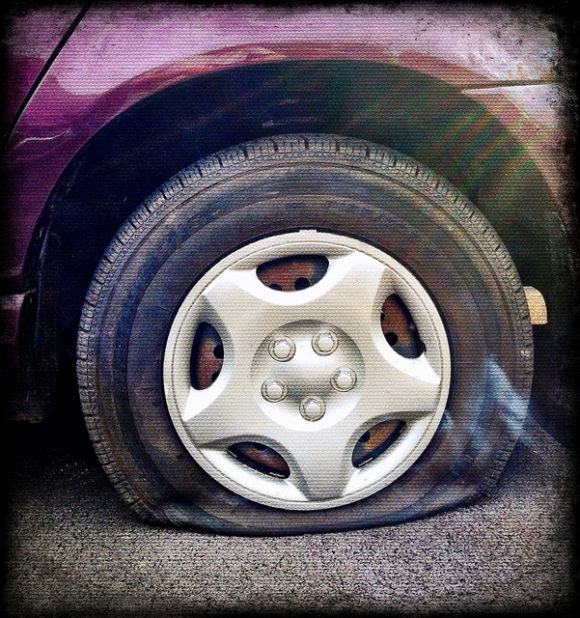You know how somedays you look through your PLN feeds and you can’t find anything really interesting? That was yesterday for me…but then there was today…. Here’s one…. Google Embeds Engineers as Professors A great article on how different tech companies are taking different approaches to get minority students at all levels more involved in tech related fields. Google’s approach […]


